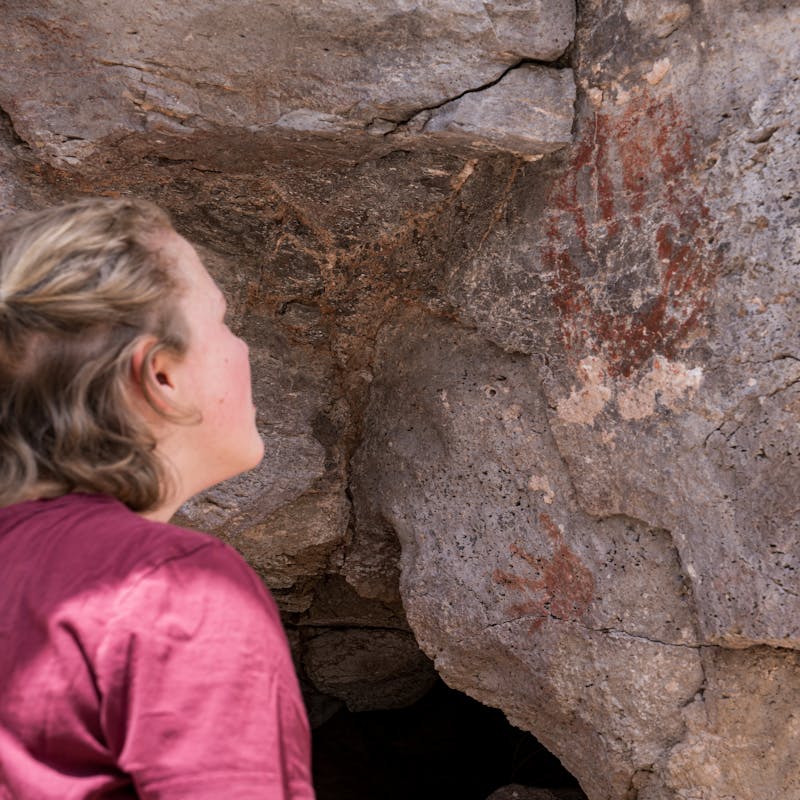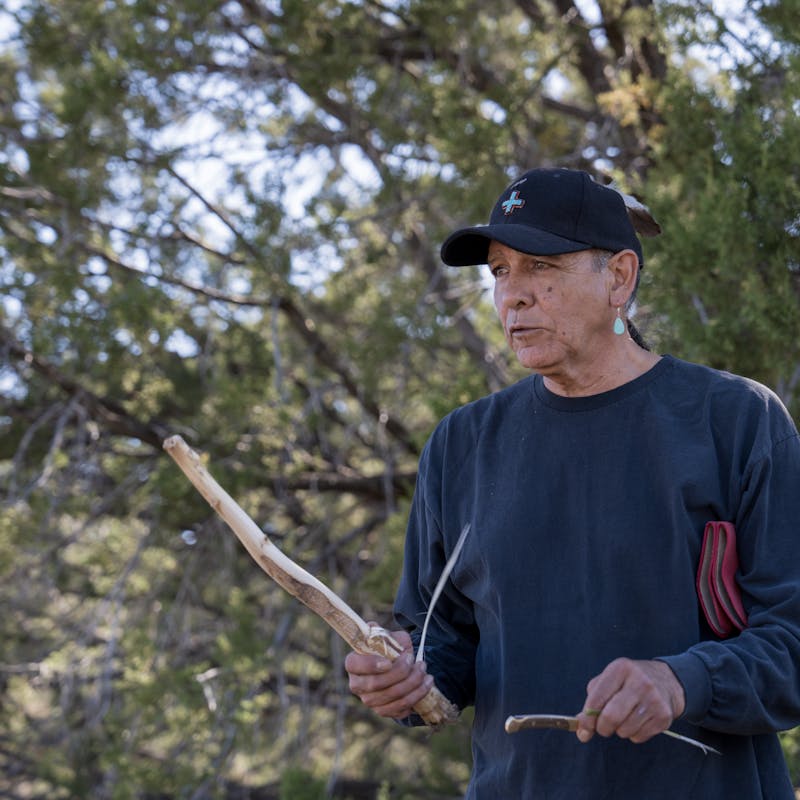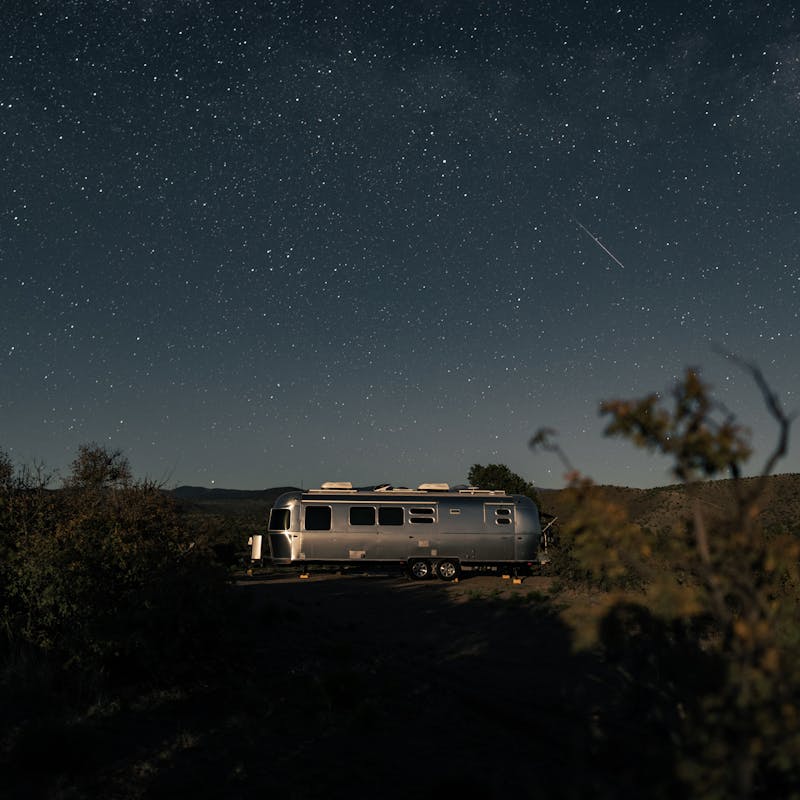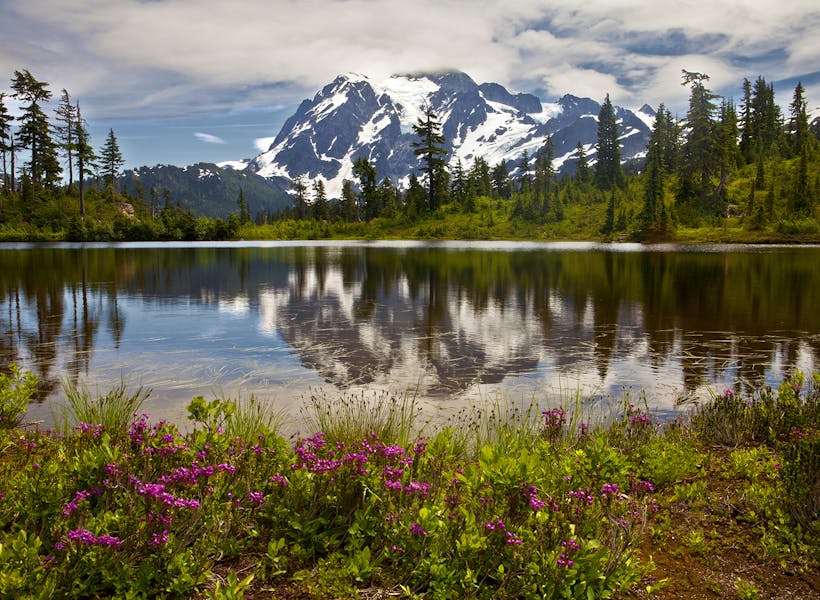Learn
How To RV With R.E.S.P.E.C.T.
If you want to be a more considerate and sustainable RVer, just remember the acronym RESPECT.
In seeking dark skies and vast open landscapes, my family and I recently set off to southwest New Mexico in our Airstream Flying Cloud. Our destination? Gila National Forest, the very birthplace of Wilderness. This exciting journey was made possible through a partnership with THOR Industries and the National Forest Foundation.
The Gila National Forest was established in 1905, and later, Aldo Leopold, a young US Forest Service Supervisor, championed the idea of preserving a section of the Gila National Forest as a Wilderness Area. He proposed that a piece of land surrounding the headwaters of the Gila River be left in its natural state with no roads or buildings, free from modern civilization. On June 3rd, 1924, the first designated Wilderness in the world was established within the Gila National Forest, and we were fortunate to celebrate the centennial of this historic vision.

A visit to the Gila National Forest provides endless opportunities to disconnect, reflect, and learn about the cultures of the various people who have called this land home. The forest spans over three million acres, encompassing mountains, hills, ranges, rivers, and hot springs. It could take a lifetime to explore its rich history fully. Therefore, we have created a guide to help you get started.
Considering the Gila's enormous scale, the first step is to decide which areas you want to visit. The Gila National Forest is divided into six Ranger Districts. We have traveled through each of them but spent most of our time in the Glenwood and Wilderness Districts during our stay. Once you decide which area you would like to explore, I highly recommend contacting the corresponding district office in advance for recommendations on suitable campgrounds, activities, history, other current conditions, or alerts.
The Gila National Forest offers an endless variety of outdoor activities, from hiking and wildlife watching to fishing and horseback riding. You can also explore the forest's rich history through guided tours and cultural events. Below are the top four activities we recommend.
More than 3,000 miles of trails exist, including the Continental Divide Trail, through the Gila. Be sure to check with the local Ranger District to find a hike suitable to your level, as many of the hikes can require several river crossings and excellent trail-finding skills. It's also important to note that the weather in the Gila can be unpredictable, so always be prepared with appropriate gear and clothing. A few of our favorite hikes include the following.

The Gila National Forest is a treasure trove of history and culture, waiting to be discovered. Before it became the nation's first Wilderness, the Gila was a homeland for the Mimbres, Mogollon, Puebloan, Apache, Chiricahua, Chihene, and N'de Indigenous peoples for thousands of years. Ranchers, prospectors, and miners have also left their mark on this rugged terrain. Within the national forest, there are numerous opportunities to delve into the stories of these groups and how their histories have intertwined.
One of the most tranquil experiences in the Gila National Forest is a visit to its hot springs. Gila's volcanic history has left several hot springs in the area, each offering a unique and soothing experience. Many people hike to Jordan Hot Springs, but we were advised that the water was warmer than hot, so we chose the shorter hike to Lightfeather Hot Springs. The water at the source is about 130 degrees, but as you make your way down the pool, the water from the river allows you to choose a comfortable temperature to soak, providing a perfect opportunity for relaxation and rejuvenation.
We found that most of the areas with the Gila had dark skies, but the further north we went, the farther we were from the city lights of Silver City. Cosmic Campground is an International Dark Sky Sanctuary offering 360-degree unobstructed views and four concrete telescope observation pads.
There are several reservation first-come, first-serve campgrounds, and dispersed camping areas throughout the Gila National Forest. We stayed at the Cosmic Campground International Dark Sky Sanctuary on the west side and Mesa Campground near Lake Roberts on the eastern side, which had several sites with partial hookups.
A few of the larger RV-friendly National Forest campgrounds include Apache Creek Campground and Pueblo Park in the northwest, Upper End Campground near Lake Roberts on the east, and Juniper Campground and Piñon Campground in the north. Some of these campgrounds are dry camping only, while others offer water and electricity. Juniper is the only campground with full hookups and a dump station. If you are camping on a budget, don't discount the campgrounds for dispersed camping, as many are free! Also, be sure to check each site for open dates and RV length restrictions.

If you drive an RV north from Silver City toward the Gila National Monument, it is best to avoid Highway 15 as it is very windy and narrow. It is best to take Highway 35 from the east.
Each Ranger District Office has a potable water spigot that can be used for freshwater.
There is a dump station located at Juniper Campground.
Come prepared. Places to restock groceries and fill propane and fuel are limited. Silver City was the closest location to the areas we visited, besides a small convenience store and fuel station in Alma, NM.

With such a vast landscape, the convenience of bringing our Airstream and having all the amenities of home allowed us to stay longer, visit areas without local lodging, and immerse ourselves in the beauty of the Gila National Forest. I hope this guide has inspired your next RV adventure to the world's first Wilderness so you can experience this stunning landscape. As you explore, please remember the importance of respecting and protecting our natural spaces for future generations by practicing Leave No Trace and Dark Sky principles. Additionally, when visiting any area, always support the local communities, acknowledge and honor the indigenous people, and respect cultural sites.
Travel trailers are the most popular type of non-motorized RV. No doubt you’ve seen one pulled down the highway hitched to a car or pickup. Travel trailers come in all sizes including tiny jellybean-shaped models with a chuckwagon kitchen in the rear to the massive house-on-wheels with picture windows and a sliding glass patio door.
In 2020, THOR and the National Forest Foundation entered a partnership that will plant at least 500,000 trees on National Forest lands. Join us by supporting our National Forests and help improve the health of important public lands for future generations.
Whether you're new to the world of RVing or you're ready to narrow your search, we're here to help you sort through it all and find the RV that's right for you. Explore RVs based off of your lifestyle and the features important to you.





